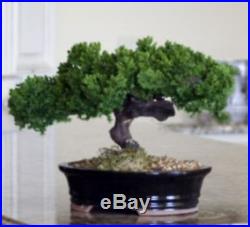
Bonsai Tree Indoor Monterey Single Trunk Preserved – Not a Living Tree P1319. Neither plastic nor silk, this preserved bonsai tree has real foliage and a real wooden trunk that was carefully handcrafted and preserved to protect its natural fragrance, color and texture indefinitely. Needs no watering, trimming or maintenance is required. With its timeless beauty evoking a feeling of nature, this accent piece accommodates any architectural setting. Is planted in a traditional glazed imported ceramic container. This is the ultimate in environmental control. Preserved bonsai tree 8″-10″ tall. Potted in a 6 black ceramic bonsai container. Pot depth is 2.0. We grow a huge assortment of bonsai trees. Each of the pictured bonsai trees from the above sample categories includes information on the tree’s common and botanical name, approximate age and height as well as the price. To enhance the beauty of your bonsai, each of our premium trees is potted in a glazed, imported, proportionate, ceramic container which includes decorative landscape pebbles and a multi-colored, textured rock accessory. Our custom bonsai soil mix has been developed over the years to ensure good water retention, drainage and nutrition absorbing capacity. From our private collection we are happy to make available bonsai trees from the finest selection of specimen trees in the country. We offer an extensive variety of aged trees which have been carefully selected, grown and maintained under optimum greenhouse conditions at very affordable prices. These established indoor and outdoor specimens can be a unique extension of your bonsai collection or a cherished gift to be passed on. How we measure our trees. We measure the tree height calculations from the bottom of the pot to the top of the tree which includes the root system. Introduction to the Art of Bonsai. The definition of the term “Bonsai” is a plant, usually a tree or shrub, that is grown in a container and made to look like a mature tree through the use of various training techniques. The plant usually does not exceed 1 meter in height. The art of bonsai as we know it, traces back almost 2000 yrs. The word’bonsai’ is made up of 2 Japanese characters or word phrases, “bon” & sai. ” “Bon” is the pot, tray or container; the “sai is the tree or potted planting. The original word Bonsai comes from the Chinese word “P’en Tsai” which sounds similar to bonsai and has nearly the same meaning. It couldnt be further from the true spirit of bonsai, how ever, if we restrict our interpretation in this way. It is indeed a tree in a pot, but a tree that has been subjected to a number of horticultural and aesthetic disciplines through which visual harmony and botanical well being is achieved. The essence of classical Bonsai is to produce a healthy miniature representation of a tree. Some people will call it. Bonsay, Bansai or Bomsai. The ultimate challenge for the bonsai designer is to expose the essence of the tree. The art of bonsai is telling a story through living illusion. The artist strives to find avenues for personal expression within the confines of good horticultural practice. Bonsai is a pleasant mix of form, thought and suggestion in a miniature world and like all good art, it endures. Its will change the whole environment if there is an indoor bonsai tree around. Beginners and students often share the same concern: having the ability to maintain a healthy plant. The key is in being able to control the degree of stress that a plant will take and still remain healthy. “Stress” here is not psychological stress, but referring to the horticultural practice of being able to know how much is too much, and how much is too little. This principal applies to all aspects to Bonsai culture, including air, water, soil, sun, nutrients, temperature, altitude, pruning, etc. The challenge is to have the willingness to learn, experiment and accept the results of these efforts. Another aspect central to bonsai is time. The growth process takes time, and there are no shortcuts. A growing year is the usual yardstick by which success is measured. Caring for your bonsai over time creates a deep sense of satisfaction. There is no replacement for time; it is always constant and moving forward. Bonsai is about trees, trees grown in miniature. It is also about time and space and about life and attitudes. Historically, Bonsai was a part of the culture, an important part of family heritage. Equally, Bonsai can be simply a horticultural past time requiring no more than a measure of common garden sense, some artistic ability and plenty of patience. You can be assure that our bonsai plants or pots is the Best you can find in any bonsai online shop. While the art of bonsai has long been associated with Japan, it actually originated first in China and then spread eastward to Korea and then Japan. In addition, the art of bonsai was also spread by Buddhist monks who wished to bring the outdoors inside their temples. From ancient paintings and manuscripts, we know that artistic container trees were being cultivated by the Chinese around 600 AD, but many scholars feel that bonsai, or at least potted trees, were being grown in China as far back as 500 or 1,000 BC. Bonsai first appeared in Japan during the 12th century. It is no accident that artistic plant cultivation originated in China. The Chinese have always loved flowers and plants, and the country is naturally endowed with a rich diversity of flora. The Chinese also had a passion for gardens. In fact, many of these gardens were on a miniature scale and included many miniature trees and shrubs, planted to reinforce the scale and balance of their landscapes. The Chinese, however, were also infatuated in miniaturization as a science in its own right. They believed that miniature objects had concentrated within them certain mystical and magical powers. The development of Chinese and Korean ceramics played an important role in the development of bonsai as we know it today. Without the development of beautiful Chinese containers, bonsai trees would not have been admired as much as they have been. Bonsai literally means tree in a tray. The tree and container must form a single entity. Even to this day the most desired containers for the finest Japanese bonsai are often antique Chinese containers. Bonsai has evolved and developed along different lines in China and Japan. Chinese bonsai is still very much in the ancient tradition, and often appear crude to the uninformed. On the other hand, the. Are more pleasing and naturalistic. The Japanese trees are for the most part more refined and better groomed. Both types have their own individualistic charms and admirers. In the post World War II era most of the bonsai seen in the United States and Europe are Japanese in origin. The monopoly that Japan has enjoyed until recently is coming to be shared with a number of other countries, though the quality of Japanese trees continues to be of the highest quality. Finally, we owe a great debt to the Japanese and Chinese artists for developing this beautiful art and for keeping it alive for almost 2,500 years. Without their enthusiasm, artistic tradition, and patient stewardship, we would not be enjoying bonsai as we know it today. The aesthetic sensibilities of bonsai, which have their roots in the Zen Buddhist tradition, contribute significantly to the complete bonsai experience. As I look back over the years, I can recall with certainty the actual event that kept me riveted to my hobby and down the path of personal fulfillment. I signed up for my first series of hands-on bonsai classes and later joined my first bonsai club. It was there that I could engross myself in the techniques of the ancient art of bonsai. Before too long, I was teaching the craft to my family and friends and becoming more and more immersed in bonsai activities. Then I joined a second bonsai club. By this time, my small collection had become a large collection, and then a huge collection. My wife and I knew, cared for, and named each and everyone of our trees —- they became our fun family. As time passed, we took our hobby of personally growing and training bonsai to another level. We took the show “on the road” to street fairs, craft and flower shows and finally to malls. You can imagine how difficult it was lugging around 5000 lbs. Of trees, setting up and breaking down our display, being away from home for days on end. Like our trees, we too grew older and realized that in order to remain active in bonsai, we needed a better way to market our products. In 1993, well before the average person heard of cyberspace, we created a website which has expanded over the years to meet the needs of our customers. Today our internet business has grown to the point where our cyber customers are our primary focus and we no longer do shows. We keep our prices low by hiring no outside help. As a highly successful family operated business, we take great pride in providing special attention to each and every order. The item “Bonsai Tree Indoor Monterey Single Trunk Preserved Not a Living Tree P1319″ is in sale since Thursday, May 05, 2016. This item is in the category “Home & Garden\Yard, Garden & Outdoor Living\Plants, Seeds & Bulbs\Plants & Seedlings\Bonsai”. The seller is “chayelin33″ and is located in New York, New York. This item can be shipped to United States.
- Type: Bonsai Trees
- Brand: Bonzai
- Category: Bonsai Trees
- Height: 8″-10″
- Item Weight: lbs
- Model: p1319
- MPN: bonsai-trees-p1319
- Pot Color: Black
- Pot depth: 2.0″
- Pot Materiel: Ceramic
- Pot Width: 6″
- UPC: bonsai-trees-p1319
Tags: bonsai, indoor, living, monterey, p1319, preserved, single, tree, trunk
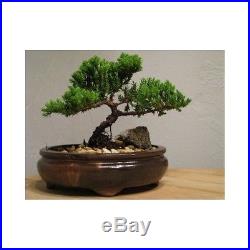
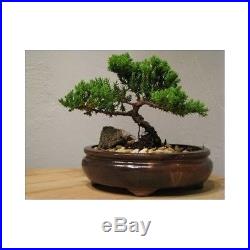
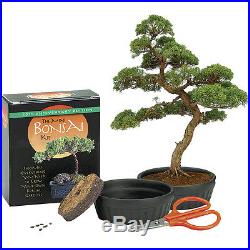
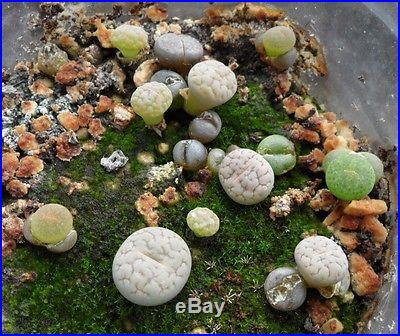
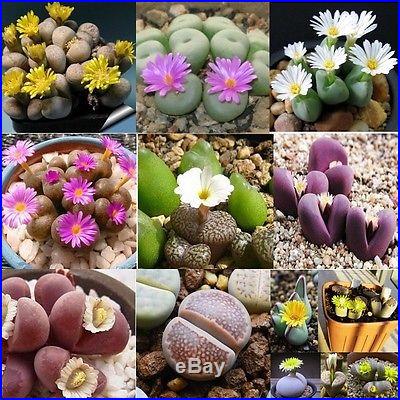
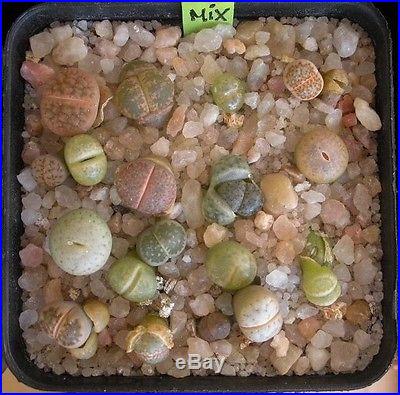
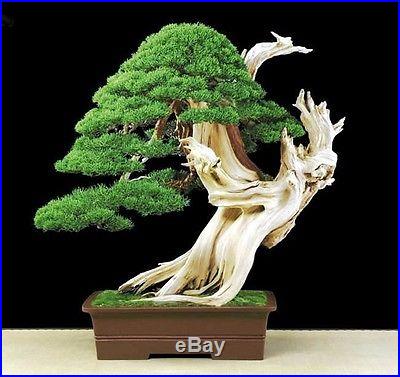
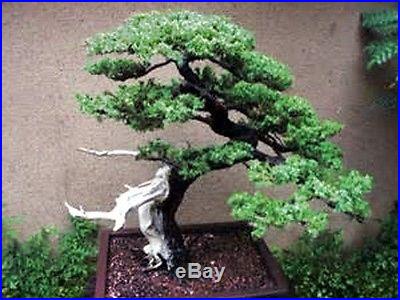
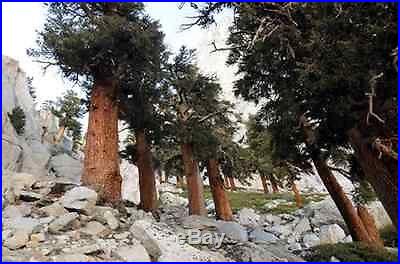

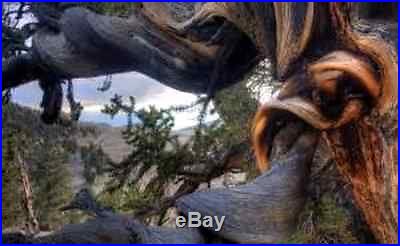
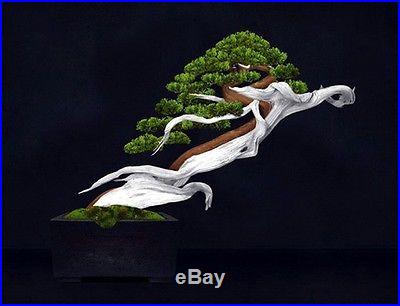
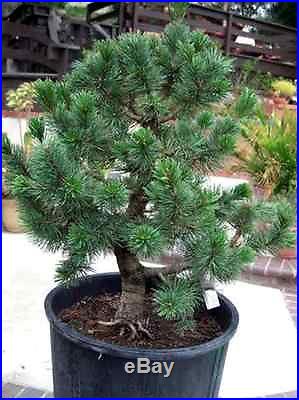
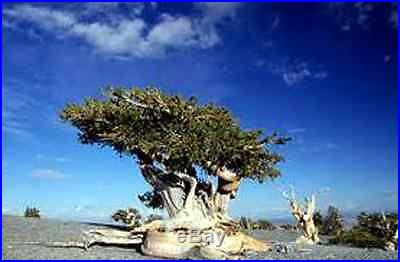
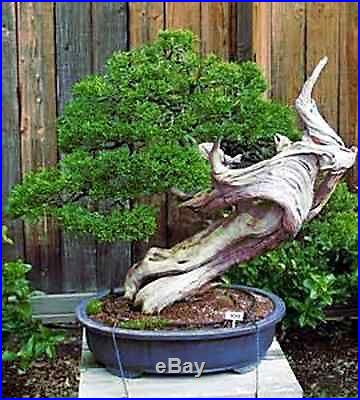
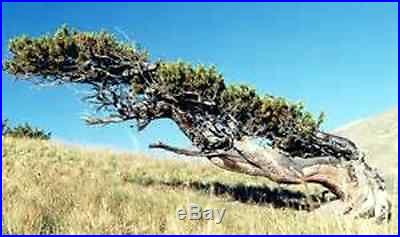
0